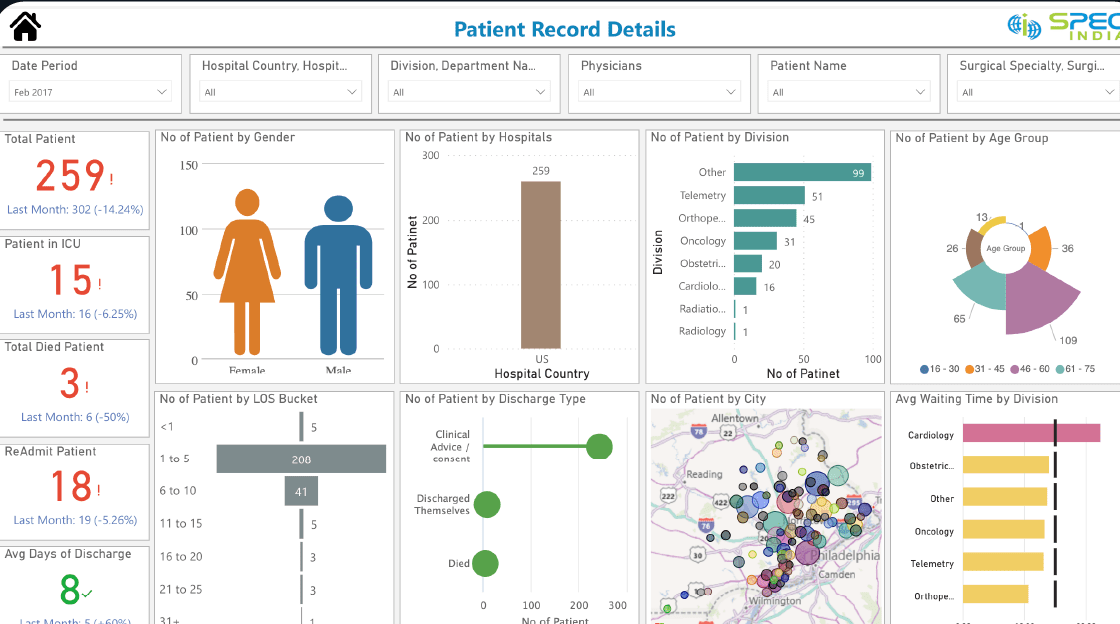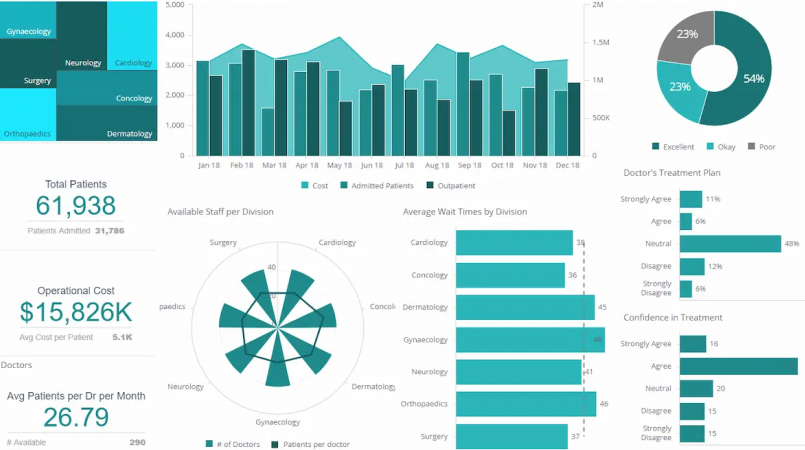Healthcare Analytics & Decision Support Features

Data Aggregation
Combines data from EHR, financial systems, and patient care for a holistic view.
Predictive Analytics
AI analyzes patients’ historical data to predict patient outcomes, treatment success, and disease outbreaks.
Reporting Dashboards
AI-driven analytics, visualizes data in customizable dashboards for real-time insights on bed occupancy, emergency wait times, and surgical backlogs.
Clinical Decision Support System (CDSS)
AI provides actionable insights for clinicians based on patient data and the latest clinical guidelines.
Population Health Management
AI aggregates and analyzes trends to improve the care of large patient populations, disease prevalence, treatment gaps, and manage chronic conditions.
Cost Analysis
AI tracks and analyzes the cost of treatments, improving financial decision-making.

